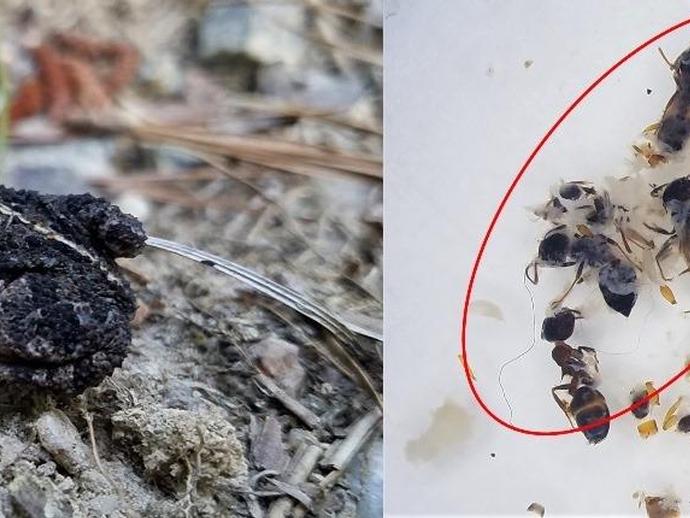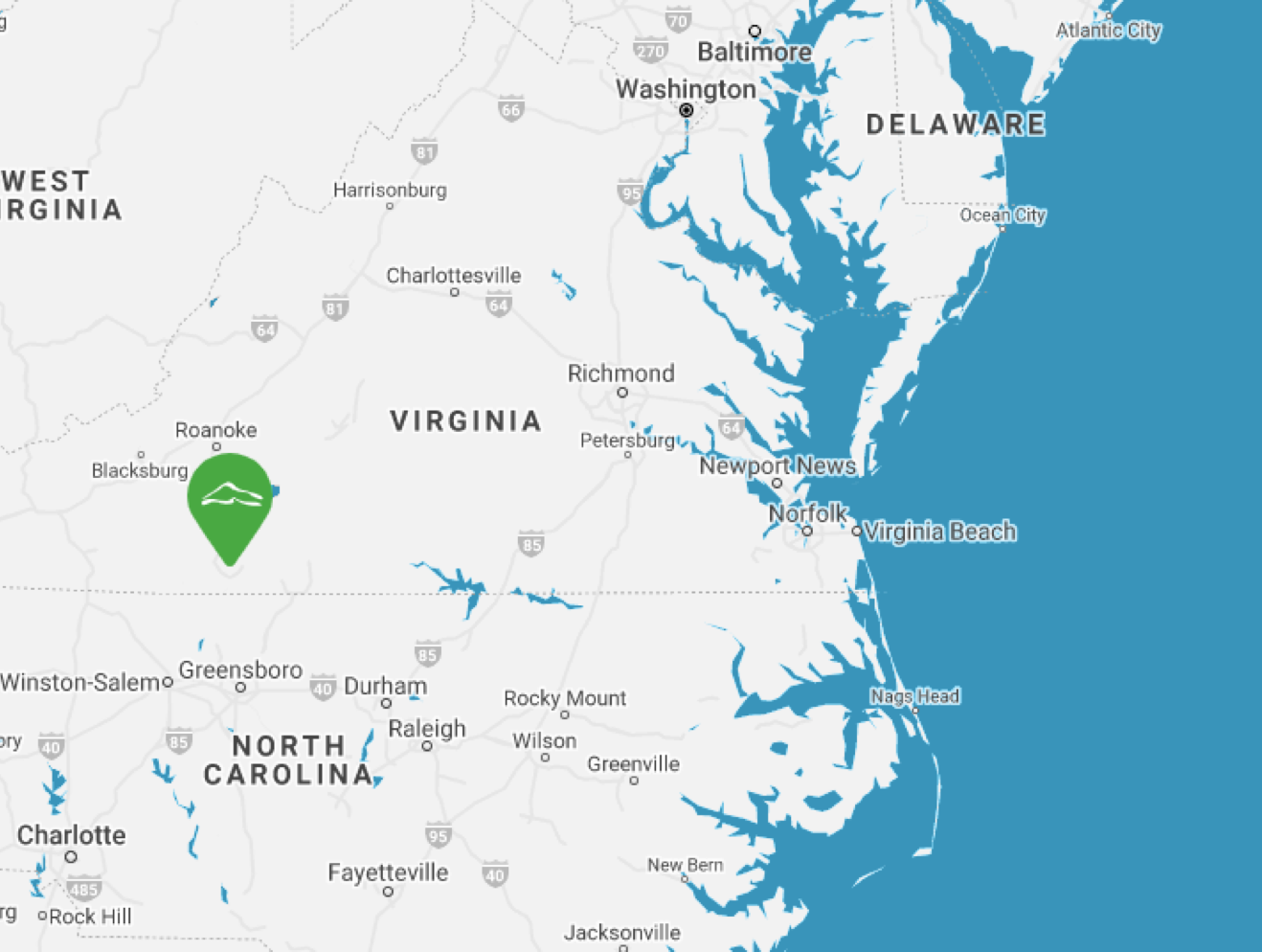August 11, 2020
Even dead toads can tell a story! VMNH Associate Curator of Recent Invertebrates Dr. Kal Ivanov and VMNH Research Associate Jason Gibson recently initiated a long-term study on the diet of Virginia's herpetofauna (reptiles and amphibians of a particular region).
Recent work included examination of the stomach contents of two unusual toad species: the Oak Toad, Anaxyrus quercicus, and the Eastern Narrow-mouthed Toad, Gastrophryne carolinensis. Similar to other toad species, these toads are known to consume a variety of small invertebrates. However, their favorite food appears to be ants.
Working through the stomach contents is sort of like putting together a (gross) jigsaw puzzle; many prey items are highly fragmented and require careful examination to reconstruct a complete picture of the diet. As a rule, prey items that are soft bodied, or have been consumed earlier, are more fragmented as compared to hard-bodied prey, or prey that has been more recently ingested. Dietary studies, such as this one, help us understand the role each species plays in an ecosystem, but also exemplify the benefits these species provide to ecosystem services, such as insect population control.
No animals were harmed during this study. All examined toad specimens were found dead in the field and collected by Jason Gibson.

 Hours & Admissions
Hours & Admissions Directions
Directions

